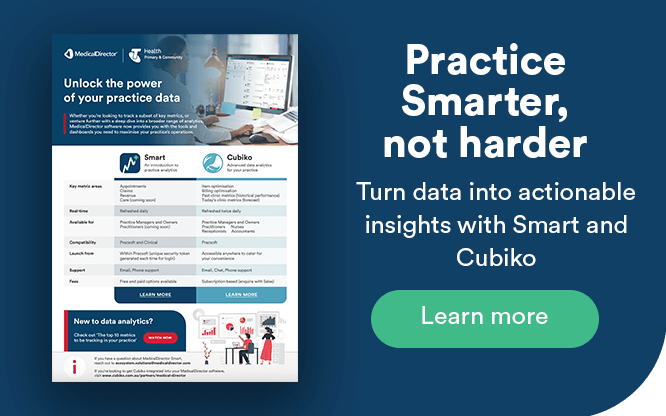4 Tips for running a busy day surgery
Day surgery procedures are on the rise, so how does a busy practice manage the increased workload while maintaining patient-centric care and minimising risk?
In this article, we take a look at what it takes to run a day surgery in today’s fast-paced, highly regulatory clinical landscape.
1. Establish frameworks for safety and compliance
A recent position paper prepared collaboratively by the Royal Australasian College of Surgeons (RACS), the Australian and New Zealand College of Anaesthetists (ANZCA) and the Australian Society of Plastic Surgeons (ASPS), recognised the importance of setting minimum standards upon which national, state and territory regulations for day surgery facilities should be based.
The position paper was prepared following increasing reports of serious patient harm associated with procedures performed in an ‘office setting,’ where either intravenous sedation and/or large and potentially toxic doses of local anaesthesia have been administered.
In particular, the paper demonstrates the intricacies of establishing a day surgery that is patient-centric, compliant and focuses on every aspect of the patient journey, from pre-operative to post-operative care.
2. Encourage teamwork, collaboration and training
The RACS position paper stressed the importance of all staff within day surgery to be given appropriate training for their role, which should be interdisciplinary, and competency-based.
It states:
Regular professional development and maintenance of competency is expected of all clinicians involved in the provision of day surgery.
Development of protocols, training programs and quality assurance should be undertaken and reviewed on a regular basis in consultation with surgeons, anaesthetists, nursing and theatre staff.
3. Make documentation a priority
According to the RACS position paper, all pre-operative, intra-operative and post-operative assessment, risk stratification and procedures should be fully documented to allow for patient handover, where required.
All surgical procedures should also be included in a documented peer-reviewed audit process, the paper recommends, including an established system to manage outliers, complications and ongoing quality assurance.
4. Implement the right technology to help streamline workflow
Specialist practice management software, like Bluechip, by MedicalDirector, offers day surgeries an efficient and easily customisable way of managing the patient journey, from booking through to billing, invoicing and running reports.
“I’ve always used Bluechip and love its simplicity, but the previous software the practice was using couldn’t do day surgery seamlessly,” Chelsea Heights Day Surgery and Endoscopy’s Practice Manager, Nina Tong, said. “It couldn’t do simple things like opening up more than one patient’s file. You’d have to manually close another one – it didn’t allow us to have multiple pages open. What we needed was one day-surgery friendly software solution designed specifically to meet the needs of our specialists.”
Since implementing Bluechip, Chelsea Heights Day Surgery and Endoscopy has enjoyed managing the patient journey more seamlessly.
“We like the appointment book with its drag and drop features, and you can schedule patients for multiple bookings at the same time,” Nina added. “Referral bookings, running reports, simplified billing, multiple appointment books, colour coded appointment types, not to mention all the templates – all are just fantastic.”
Importantly, the practice can now enjoy a fully customisable solution that can be tailored to meet their individual needs.
“I wouldn’t hesitate to recommend Bluechip to any day surgery whether they’re doing bulk-billing or not. Scanning, receipting – everything is just so simple to use. The steps are all broken down to make things very simple, plus there are lots of tips and prompts. What’s also great is when I am training our doctors, I only need to show them once, and they understand how to use it.”










